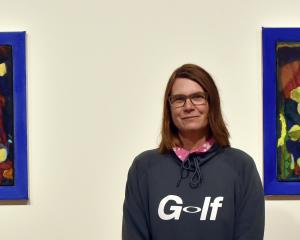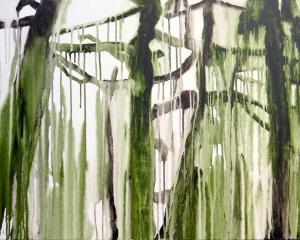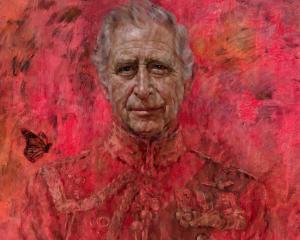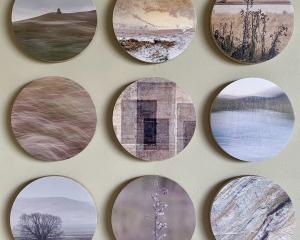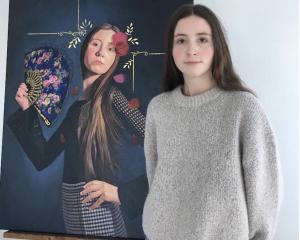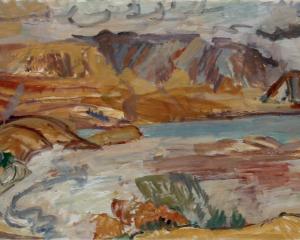‘‘Vida Americana: Mexican Muralists Remake American Art, 1925-1945’’ (Whitney Museum of American Art, New York)
whitney.org/exhibitions/vida-americana#exhibition-artworks

After Mexico’s revolution in the 1920s, the new government wanted to instil a spirit of national pride in the fractured country, and used art in the process. Three muralists, ‘‘Los Tres Grandes’’ — David Alfaro Siqueiros, Diego Rivera, and Jose Clemente Orozco — were at the heart of the movement, providing works redolent of Mexican culture and of its political present. When the United States’ economy collapsed in the Great Depression a handful of years later, it was these muralists who provided a lead to many prominent US artists, among them many involved in Roosevelt’s Federal Art Project.
This exhibition is lavishly presented, with a wealth of images and resources. The paintings are historically fascinating as powerful symbols of a time when the usual tables were reversed. Mexico had the cultural advantage over its noisy neighbour, and socialism was a dynamic American movement thoroughly expressed through civic art. As well as the Mexican muralists, excellent work is presented by US artists ranging from Ben Shahn to Jackson Pollock.
‘‘Trevor Lloyd’’, Trevor Lloyd (Whakatane Museum and Arts)
www.whakatanemuseum.org.nz/exhibitions-and-events/online-exhibitions/tre...

Whakatane Museum and Arts is currently showing a collection of Lloyd’s work on its website, focusing largely on cartoons from around the time of World War 2. While the humour is dated, the artwork is still memorable, and a far cry from what is today expected of political cartoons. These works are not created using the widely known method of line and crosshatching, but are beautifully hand shaded in ink in tones of rich deep sepia. They have more of the feel of fine watercolours than would be expected, and Lloyd’s background as an illustrator and graphic artist comes through strongly in the works.
The topical background to many of the pieces may leave all but keen historians scratching their heads, and some of the images would today be seen as dubious in terms of political correctness. There is no doubt, however, of the skill with which Lloyd depicted his scenes and lightly caricatured political figures in works such as You Must Wait Until This is Finished and Lord Kitchener Inspecting the New Zealand Military Might.
‘‘Jheronimus Bosch, the Garden of Earthly Delights’’, Hieronymus Bosch (NTR, Netherlands)
archief.ntr.nl/tuinderlusten/en.html

The painting itself is one of the most famous works of its age, a triptych depicting allegorical scenes of the Garden of Eden, a sensual Earthly paradise, and the dark depths of Hell. Painted in around 1500 and housed in Madrid’s Prado Museum, its detailed images have been a source of fascination, debate, and inspiration for centuries. Regarded as the most important precursor to surrealism and an astonishing display of an artist’s imagination, the painting has a justifiable reputation.
NTR’s interactive display, produced to accompany Pieter van Huijstee’s documentary Hieronymus Bosch: Touched by the Devil is an excellent example of how to display and teach art online. Simply but beautifully presented and easily navigable, it is the perfect complement to Bosch’s tour de force. The viewer is free to zoom in on the high-resolution image, exploring the detail and miniature scenarios within the work. Around 40 of the triptych’s features are highlighted by spoken commentaries and additional notes, explaining the symbolism and giving historical and religious background to the images.

